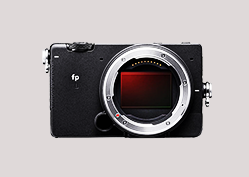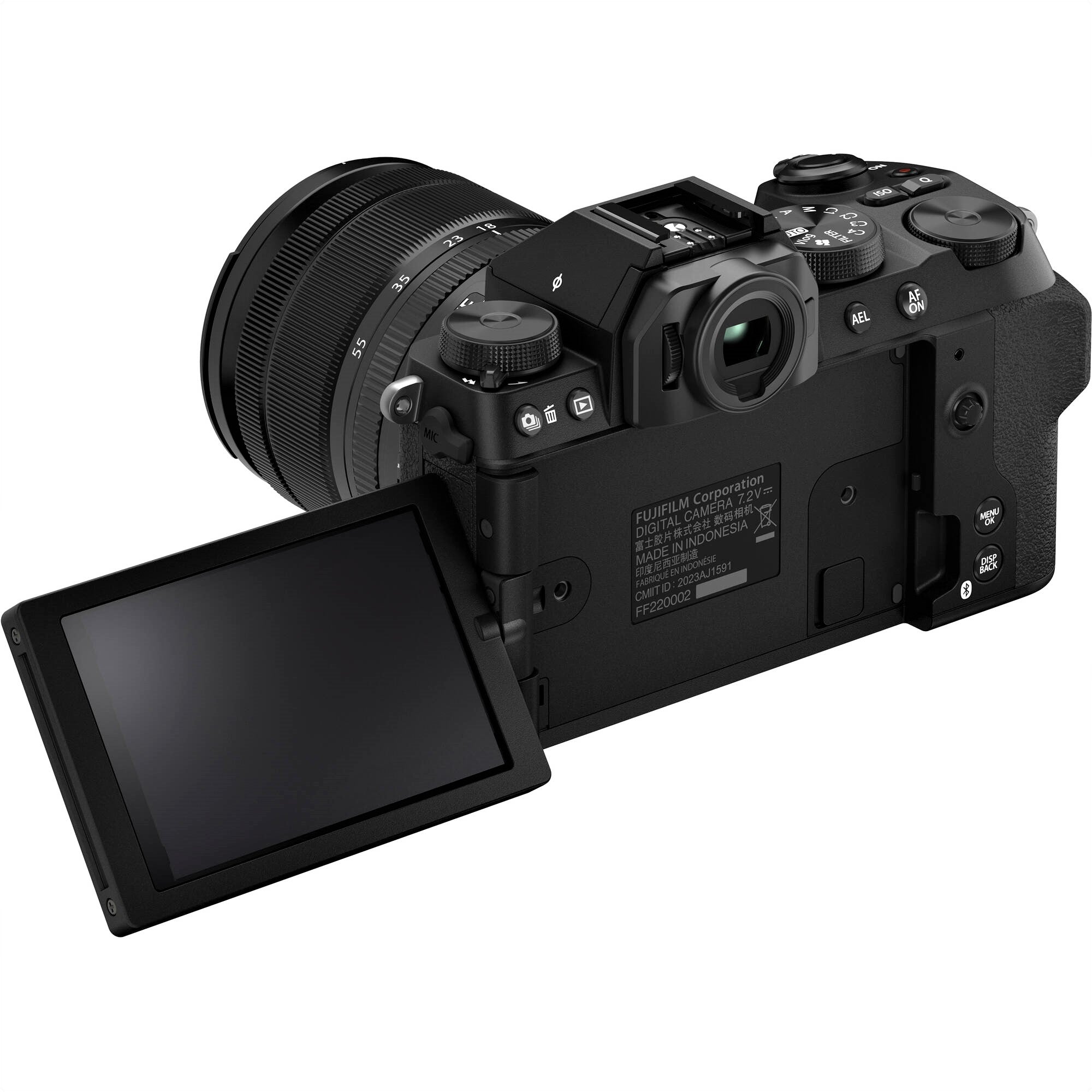Let's discuss photography for a sec - it's all about playing with light, right?
You're out there in the early morning, camera in hand, capturing that perfect soft glow of dawn. Or maybe it's the middle of the day, and you're working with those bold, harsh shadows. Either way, getting cozy with the different lighting types in photography is key if you're aiming to really make your shots pop.
Think of this as your go-to guide for all things light in photography. We're going to explore every nook and cranny, from the subtle whispers of morning light to the shout-it-from-the-rooftops drama of a well-placed spotlight.
By the end, you'll have a toolkit brimming with ideas on how to make light work for you, turning even the most ordinary scene into something extraordinary. Ready to light it up? Let's dive in.
The Essence of Light in Photography
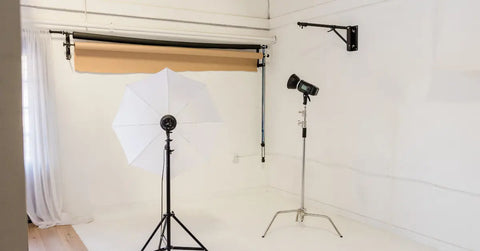
A world plunged into eternal darkness. Kind of dramatic, right?
But seriously, without light, photography wouldn’t just be difficult; it’d be downright impossible. Light is more than just a brightness dial for the world; it’s the magic ingredient that paints your scene. It’s what turns an ordinary shot into a visual feast, dripping with mood, texture, and emotion.
Ever noticed how the golden glow of a sunset can make anything look better, or how the crisp, bold light of a flash can spotlight a moment with clarity? That’s the power of light at play.
In this blog, we’re going to dive deep into the world of lighting in photography. It’s not just about knowing your sunny from your cloudy days; it’s about understanding how different types of light can turn your photos from meh to wow.
We’re talking about adding depth that makes your images pop, weaving in emotions that tug at the heartstrings, and polishing your shots like a pro. So, grab your camera, and let’s light up this adventure into the essentials of photography lighting. You’re about to see how the right light can transform your photos from good to unforgettable.
The Spectrum of Photographic Lighting
Natural Lighting: The Sun's Canvas
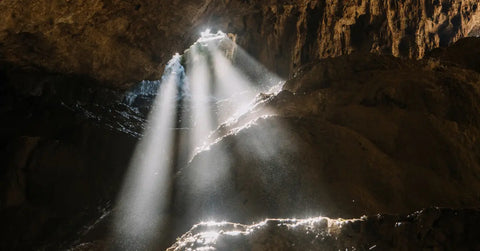
Natural light - it's like the universe's free gift to photographers. It's all around us, changing its vibe from the moody, soft glow on a cloudy day to the bold, dramatic light at high noon. The cool part? It's all about playing with what the day gives you.
Now, let's dive into something awesome called the golden hour - that's photographer gold right there. Happens twice a day, right after the sun peeks out and just before it says goodbye. This light? It's like the universe is filtering itself for free, giving you that perfect, Instagram-worthy warm glow that makes everything look better.
Portraits look more intimate, landscapes more inviting. Mastering natural light means getting to know these shifts through the day and using them to your advantage. Whether you're capturing the subtle details of a flower during the soft morning light or the sharp shadows of an urban landscape at noon, it's all about seeing the light and making it work for your shot.
Capturing the Golden Hour

Golden hour is like photography's happy hour, but instead of drinks, you're served with this unreal, warm glow that can make just about any photo look stunning. It's all about that soft, golden light that wraps around your subject like a cozy blanket, making everything it touches look dreamy and full of emotion. Seriously, it’s like Mother Nature’s own Instagram filter.
Photographers are all over this time of day, and for good reason. The shadows get longer and have this depth that adds a whole new layer of awesomeness to your shots. It's not just about making things look pretty (though it does a fantastic job at that); it's about bringing out the textures and details in whatever you're shooting, making the scene pop with life.
Whether it's the rough bark of a tree, the delicate folds of a dress, or the intricate lines on a person's face, golden hour light has a way of highlighting it all, making your photos look like they're telling their own stories.
Artificial Lighting: Crafting the Perfect Scene

Let's talk about what happens when the sun just doesn't cut it, or you're shooting in places where natural light is as scarce as a calm day on the internet. That's where artificial lighting becomes your new best friend.
Picture this: you're in a studio, every shadow and highlight under your command, or maybe you're out and about, and your trusty flash is making sure every shot is lit just right. Artificial lighting is like having a cheat code for consistency and control.
Getting a handle on how to tweak those studio lights, flashguns, and the oh-so-versatile LED panels can seriously level up your photography game. It's not just about making things brighter; it's about painting with light, creating moods, and adding drama or softness where you want it.
Imagine turning a dull, flat image into something that pops off the screen or print, all because you knew just how to mix and match those artificial lights.
This isn't just sticking a lamp next to your subject; it's about crafting the scene, playing god with shadows, and essentially bending the light to your will. So, dive into the world of artificial lighting, and watch as your photos go from meh to wow, all with the flick of a switch or the flash of a bulb.
Studio Lighting Techniques
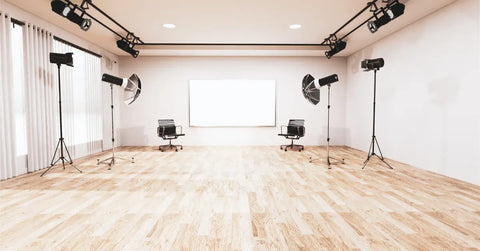
Studio lighting is like the seasoning in your favorite dish — it can completely transform the flavor of your photos. Let's break it down into something a bit more casual and detailed, so it's easier to digest and imagine.
Picture this: you're in a studio, and it's just you, your camera, and your subject. The lighting setup you choose is going to make all the difference. It's not just about making sure we can see your subject; it's about creating a mood, emphasizing certain features, and maybe even telling a story.
Starting Simple: The Solo Light

Imagine you've got just one light source. This is your key light, the main character in your lighting setup. It's like the sun in your studio's solar system. You position this light to shine on your subject, creating depth and highlighting the texture. But with just one light, you'll notice some harsh shadows dancing around, which might be dramatic but not always what you're after.
Filling in the Gaps: The Fill Light

Enter the fill light, the key light's best friend. Its whole job is to soften and reduce those shadows our key light proudly cast. It's like the moon, reflecting light into the darker areas, but without stealing the show. You don't want it as bright as your key light; it's there to gently fill in, not compete.
Adding Dimension: The Back Light

Now, for the finishing touch: the back light. Think of it as a halo effect, creating a subtle glow around your subject. This is your secret weapon for making your subject pop out from the background. It's like adding a soft, glowing outline that says, "Hey, look at me!"
Bringing It All Together
When these three lights work together in your studio, it's like a symphony. The key light starts the melody, the fill light adds harmony, and the back light comes in with the perfect baseline. Together, they sculpt your subject in light, adding depth, reducing unwanted shadows, and ensuring your subject stands out in all its glory.
So, with a little experimentation and tweaking, you can use these three types of lights to create just the right atmosphere for your photos. Whether you're going for something dramatic, moody, or bright and cheerful, how you mix and match these lights can completely change the vibe of your shots.
Mixed Lighting: The Best of Both Worlds

Ever tried juggling? Well, mixing natural and artificial light in photography is a bit like that, but trust me, the results are way cooler and don't involve any potential bruising!
It's all about capturing the real-deal vibe of natural sunlight while sneaking in a bit of artificial light to fill in the gaps. Think of it as being a light magician, blending the best of both worlds to create something truly eye-catching.
Picture this: You're shooting indoors, and there's this gorgeous stream of sunlight pouring in through the window. It's pure, it's natural, and it's lighting up your subject with a soft, dreamy glow. But, oh no, there are some pesky shadows lurking, dulling the sparkle in your subject's eyes or hiding the intricate details of your still life setup.
Artificial light. A well-placed lamp or a gentle flash can kiss those shadows goodbye, all without spoiling that golden-hour feel you're loving.
This dance between sunlight and your trusty artificial lights isn't just about banishing shadows; it's about crafting a scene that feels both authentic and brilliantly illuminated. It's like having your cake and eating it too—you get the authenticity of a sun-drenched room with the polish and finesse that comes from a bit of artificial boost.
But here's where it gets artsy: You're not just throwing light around willy-nilly. It's all about strategy. Maybe you'll use a softbox to mimic the diffused light from the sky, or perhaps a reflector to bounce some of that natural goodness into the darker corners.
It's about playing with angles, intensities, and colors to achieve a look that feels natural but with a bit more sparkle and clarity than what Mother Nature provided.
In the end, blending these two light sources lets you control the mood and atmosphere of your photos in a way that's just not possible with natural light alone. And the beauty of it? Every shot becomes a little experiment, a chance to tweak, adjust, and play until you land on something that makes your heart skip a beat.
So go ahead, mix it up, and let's see what kind of light-filled magic you can create!
Conclusion
Lighting in photography is more than just a technical necessity; it's the creative heartbeat that brings your vision to life. By mastering the different types of lighting, you can explore new dimensions in your photography, turning ordinary scenes into extraordinary stories.
Remember, the best way to learn is by doing. Experiment with different lighting scenarios, embrace both the successes and the challenges, and watch as your photography transforms.
Step Into the Light
As you venture into your next photographic project, keep the principles of lighting at the forefront of your mind. Experiment with different types of lighting in photography, and don't be afraid to blend techniques to create something truly unique. Your next masterpiece is just a click away.
Harnessing the power of light in photography not only elevates your images but also brings a deeper understanding of the art form itself.
Embrace the journey of learning, experimenting, and creating with light, and let it guide you to new heights in your photographic endeavors.
Visit Nuzira and join our Discord channel to learn more about lighting!

